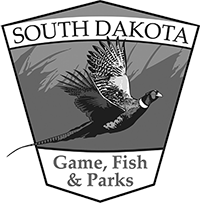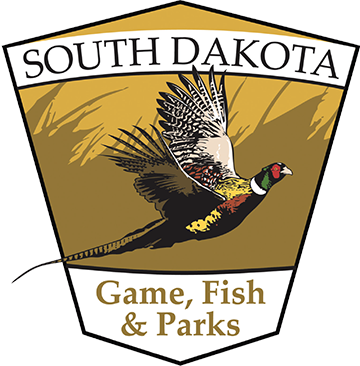Docks and Boat Lifts
A popular amenity to any lakeshore property is the addition of a dock and/or a boat lift. While these features help residents, and their guests access and enjoy the water, it is important for lakeshore residents to understand the rules and regulations of how these structures may be placed on public waters of the state.
Definitions
Public waters: means all meandered lakes, rivers, and streams and their shores to the high-water mark; all waters and shores of reservoirs constructed with public funds; and all other lakes, rivers, and streams that may be used by the public for boating, fishing, hunting, trapping, bathing, skating, and other activities for pleasure and recreation, provided that lakes, rivers, and streams that become dry during certain seasons of the year or periods of drought remain public waters.
Dock: means a wharf, platform, pier, or similar structure located on, in, or over any public water and is normally connected to or otherwise in contact with the shoreline.
Floating dock: means a diving platform, ski jump, or similar structure located on, in, or over any public water and is normally not connected to or otherwise in contact with the shoreline.
Boat lift: means any device used for storing or holding boats above the surface of public waters.
Dock and Boat Lift Standards
- Docks cannot extend over the water for more than 60 feet from shore, excluding the length of any “T” or “L” attachment
- No “T” or “L” attachments or boat lifts attached to docks may be more than 24 feet long
- Walking platforms of docks need to be at least 30 inches wide, but no more than 10 feet wide
- No boat lift can be placed more than 60 feet from shore
Dock Variance Permits
May be issued by Game, Fish and Parks (GFP) to allow for exemptions from the standards provided above. When submitted, GFP staff consider factors such as current water level, design of the dock and the intended use of the dock when considering issuance of a permit. Concessionaires or other entities are exempt from the standards if the docks are authorized by GFP under a concession or lease agreement.
Boat Dock Variance Permit Application
Dock Placement Standards
- Docks must be within the shoreline boundaries of the landowner’s property. If the owner of the dock is not the property owner, written permission from the landowner is needed for placement.
- If shoreline property is less than 50 feet wide, than only 1 dock and one floating dock may be placed.
- If shoreline property is greater than 50 feet wide, no more than 2 docks and one floating dock may be placed. A Dock Variance Permit is required to place more than 2 docks.
- Placement of docks or floating docks may not prohibit public access to waters or shoreline areas that are public.
Contact Us
Please contact your local Aquatic Habitat and Access Biologist or Conservation Officer with any questions you may have about dock regulations.

